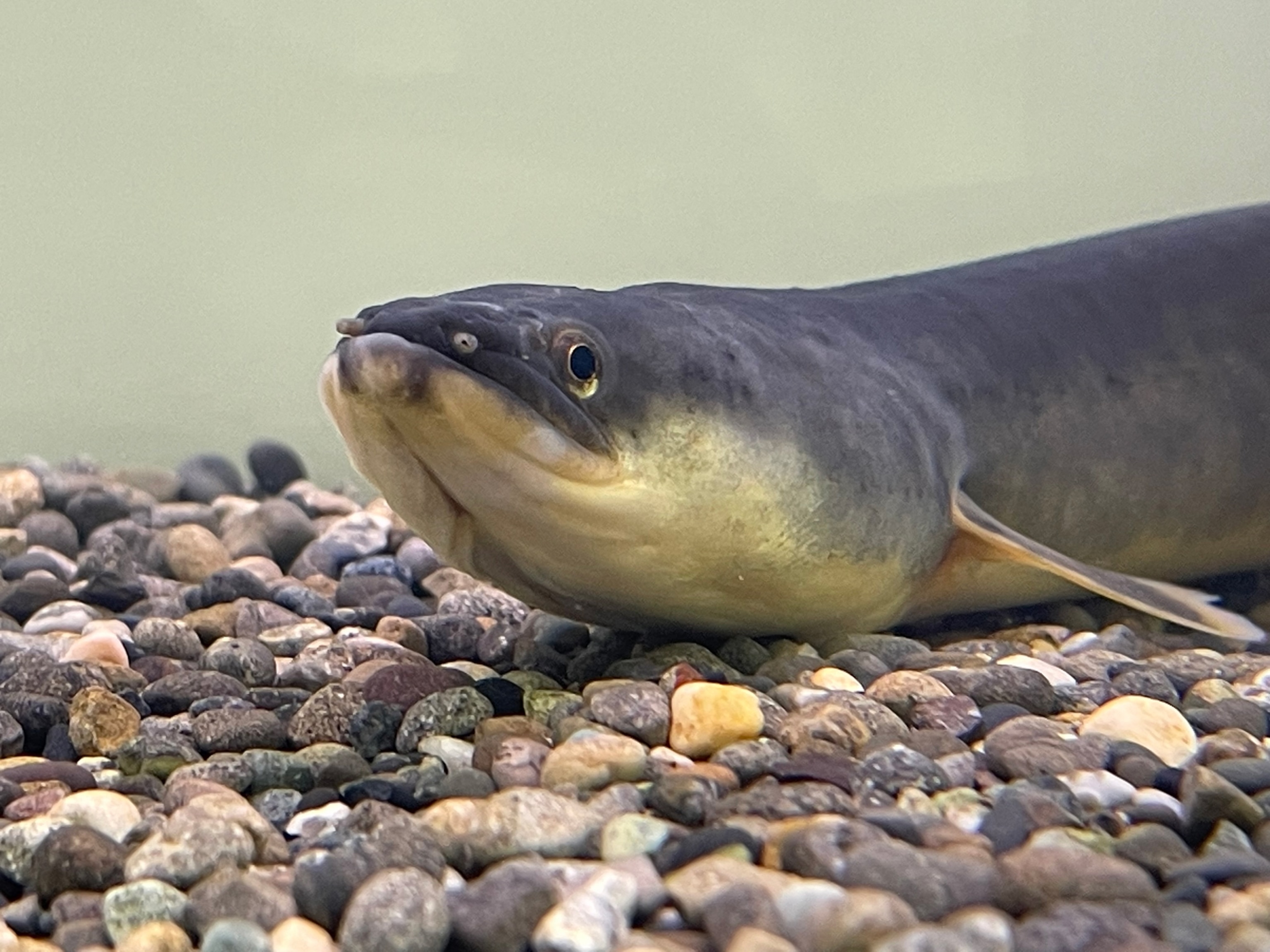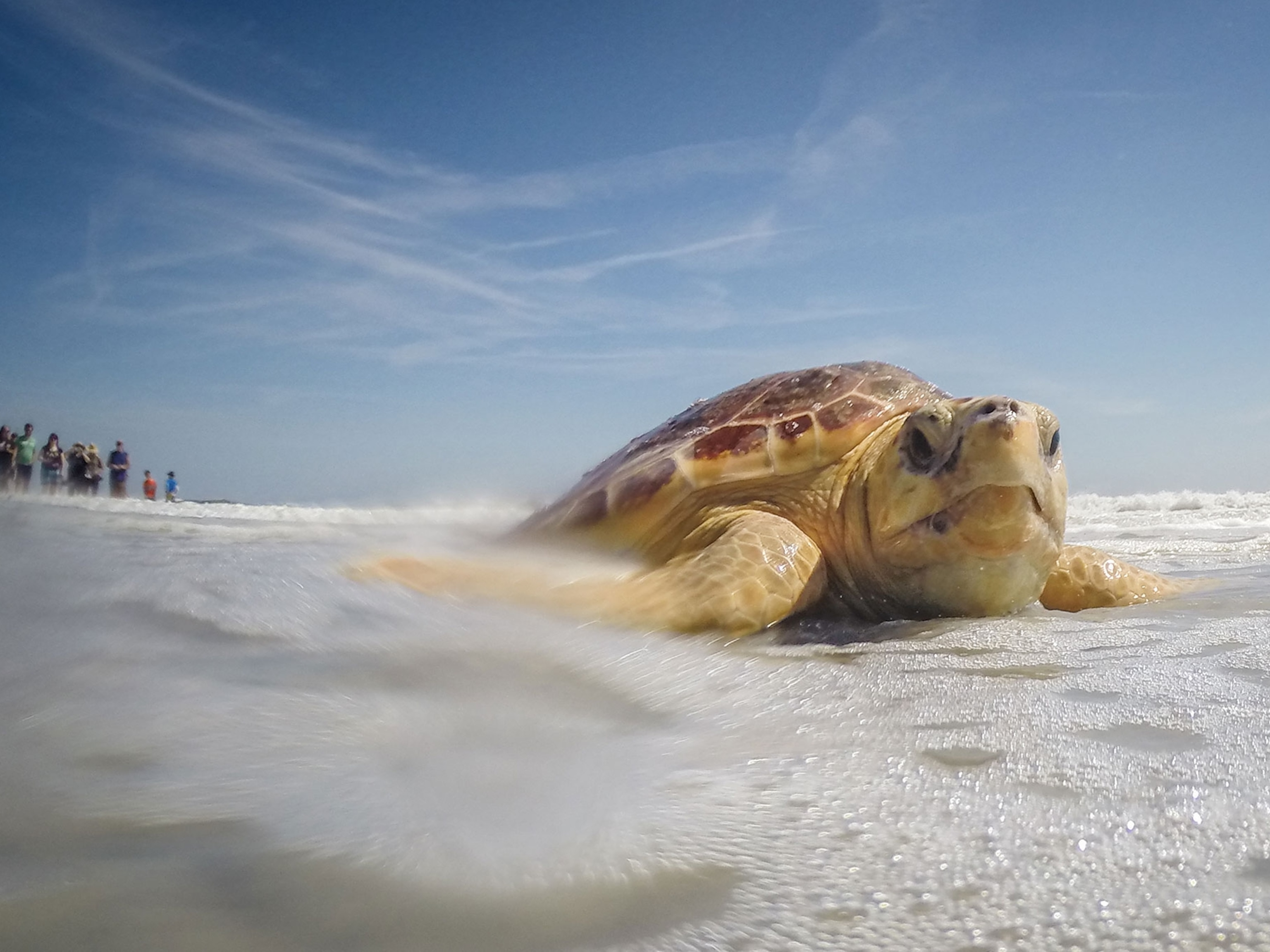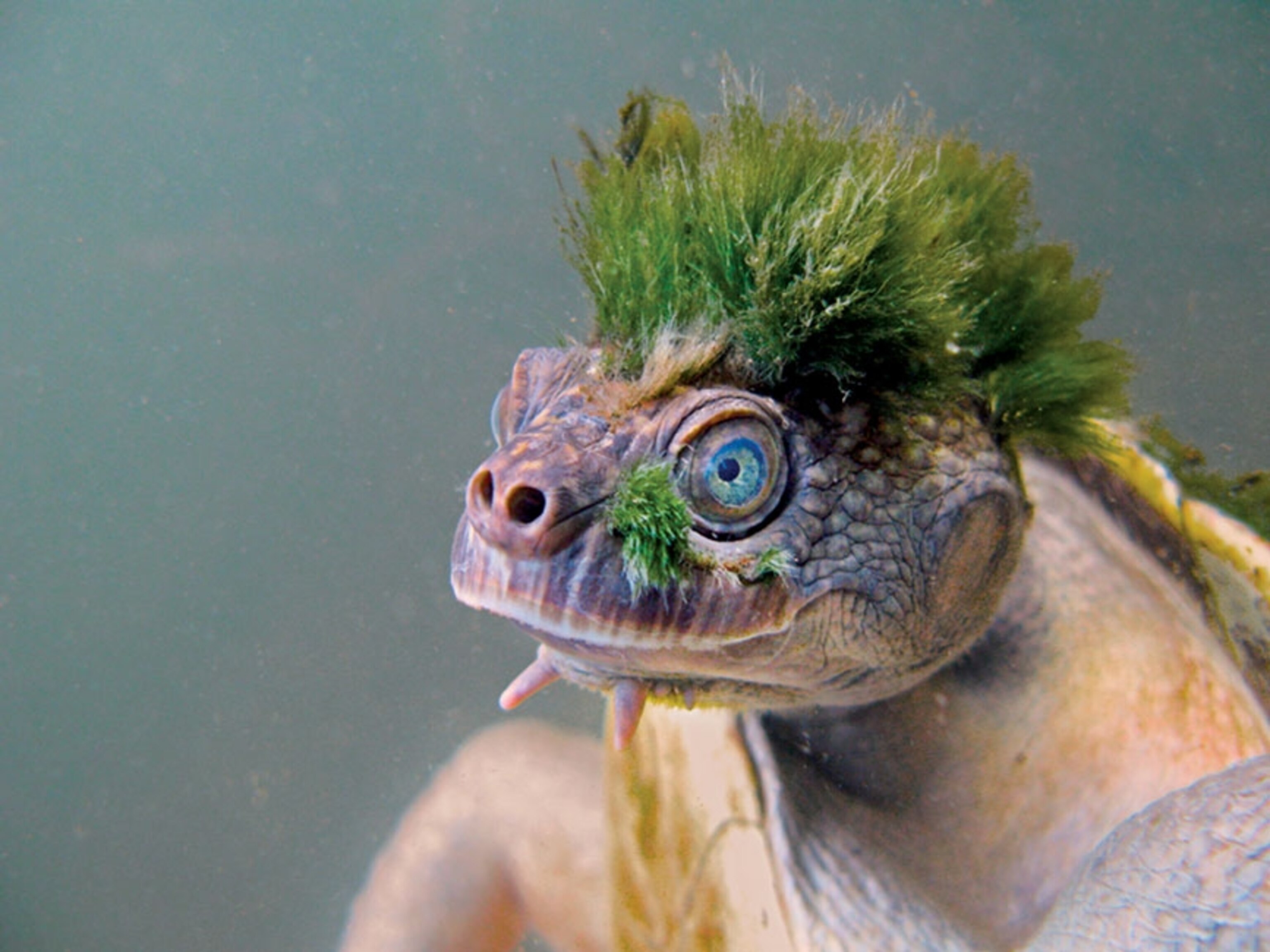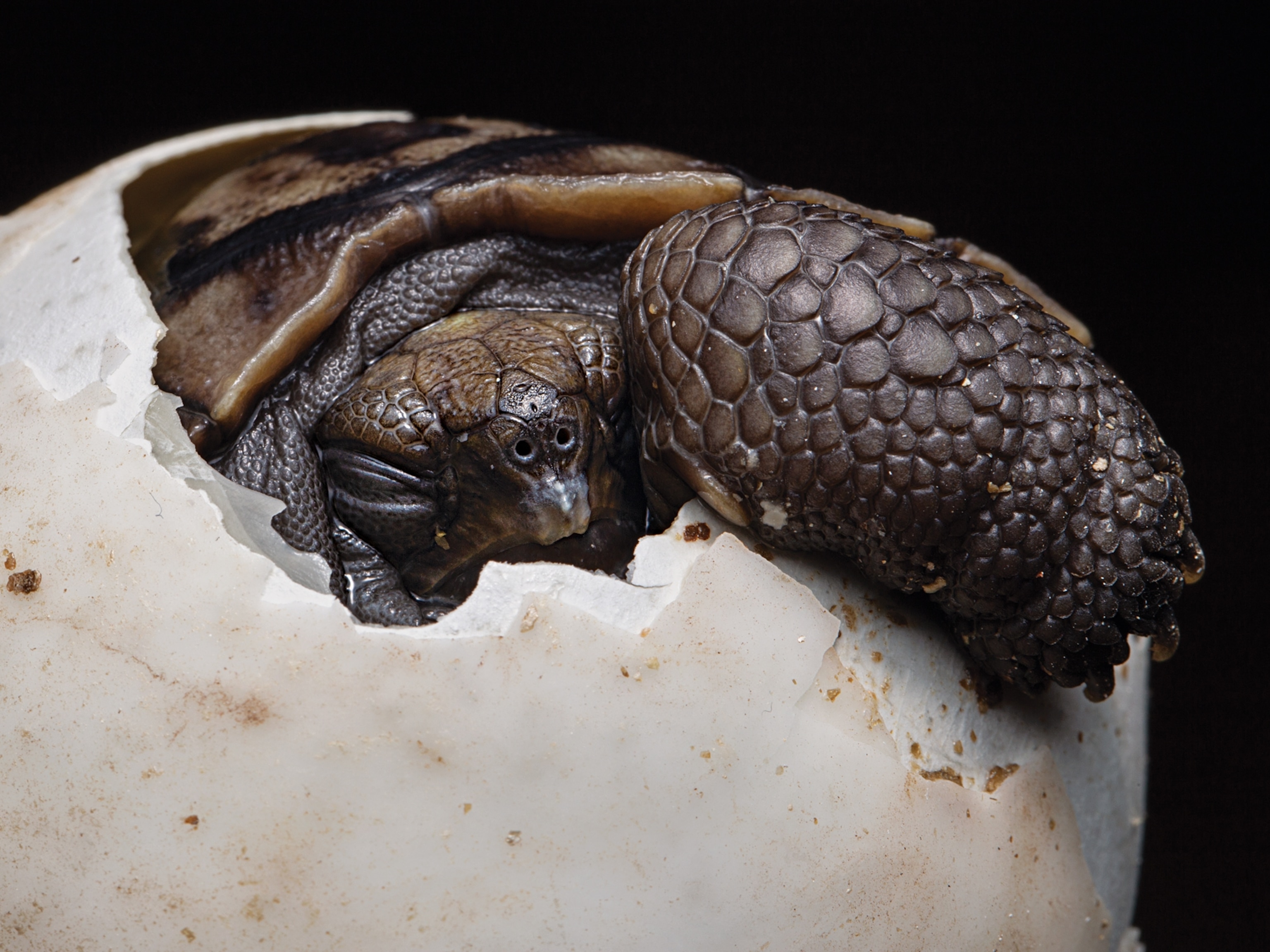It’s a sight no one ever wants to see.
On Tuesday, Mexico's federal agency for environmental protection announced that more than 300 olive ridley sea turtles had died after apparently becoming entangled in a fishing net. The animals were found floating together off the coast of the southern state of Oaxaca, their shells cracked from more than a week of drying in the sun.
The news comes just days after another 113 sea turtles, most of which were also olive ridleys, washed ashore in Mexico’s Chiapas state approximately 100 miles to the east. It’s unclear in this latter case what killed the turtles, but some bore injuries consistent with those caused by hooks and nets.
Bryan Wallace, a marine biologist who has been studying sea turtles for almost 20 years, says there aren’t a lot of details to go on, but that it seems as though the sea turtles in Oaxaca may have fallen victim to a so-called “ghost net.” Animals killed accidentally or in the pursuit of other target species are a type of bycatch, and this phenomenon is a huge problem worldwide.
Ghost nets are “gear that was lost by its owner and not retrieved for one reason or another,” says Wallace, who is also a senior scientist with the nonprofit Conservation Science Partners, Inc.
The trouble with ghost nets is that they continue to catch fish and other wildlife as they drift about the oceans. And as those animals die, they can attract still more predators and scavengers, which also get caught. Perhaps the sea turtles had gotten too close while looking for a free meal.
“To catch that many turtles means it was probably fishing on its own for a good while, based on the level of decomposition evident in many of the animals,” says Wallace.
While overall the olive ridley species is listed as threatened by the U.S. Fish and Wildlife Service, the breeding population in Mexico falls under the category of endangered. Global it remains in decline and is considered "vulnerable" to extinction by the International Union for the Conservation of Nature.
Down, But Not Out
But there is some good news here. Thanks to strict regulations put into place by Mexico and other range states as far back as 1986, olive ridley sea turtles are doing better than many of their cousins.
“Olive Ridleys are easily the most abundant species in the region,” says Wallace.
In fact, Mexico’s southwestern coastline is home to some of the largest rookeries for this species on earth—places where Wallace says you can find hundreds, thousands, or even tens of thousands of nesting females in a year. It’s possible that the turtles who died in Oaxaca were on their way to these very beaches.
“So numerically speaking, this isn’t going to trigger a population collapse,” says Wallace. “It does, of course, act as an alarm bell.”
While Mexican authorities investigate the circumstances that led to both events, Wallace stressed that it’s important that we not rush to vilify fishermen as a result of the turtle deaths.
“This is a super complicated issue and there are a lot of communities, especially in Mexico, who do their best and are trying to do more, and they already live in a pretty challenging set of circumstances,” says Wallace.
“This is not a new thing. It’s just going to take a while.”





















